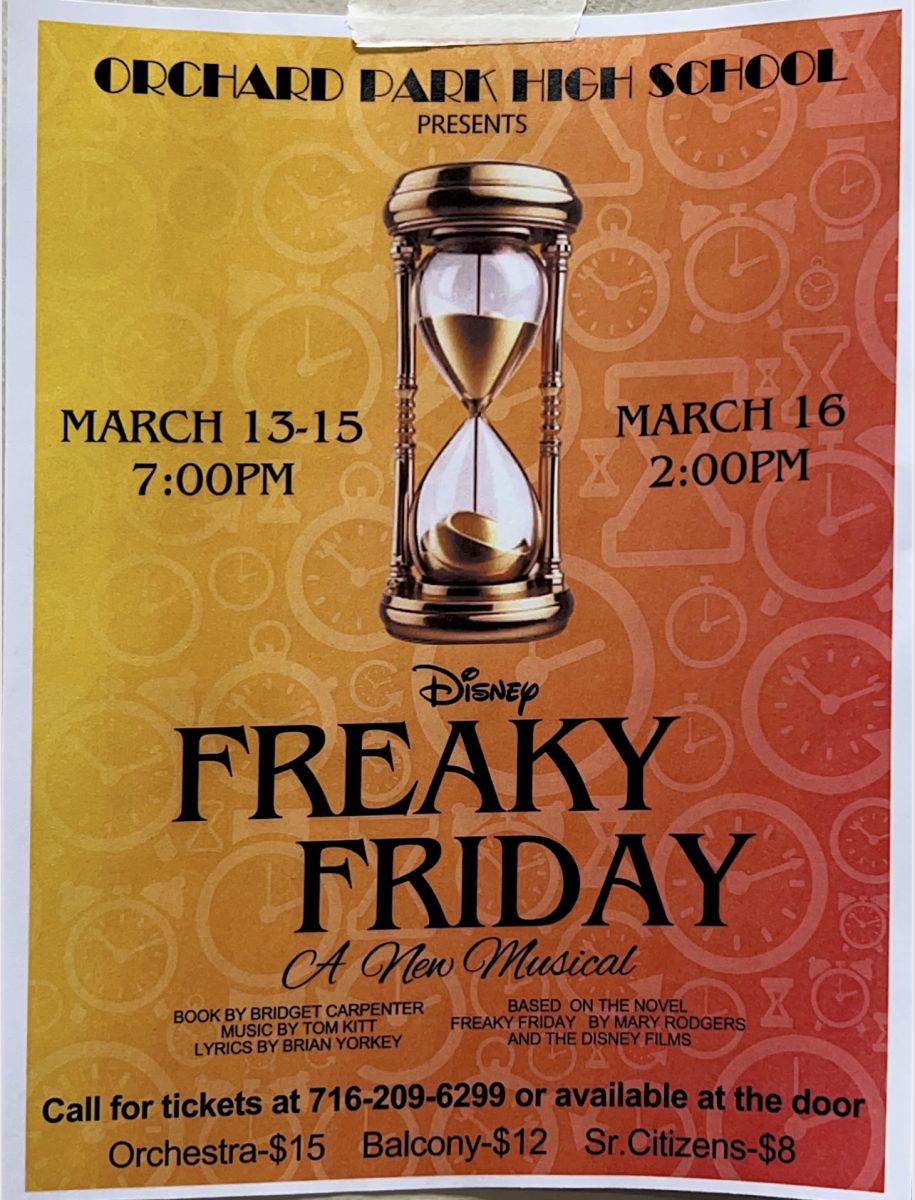Prior to the Great War, Romanticism dominated artistic expression and culture on the European continent. Responding to the Age of Enlightenment–a period characterized by logic, secularization, ‘civilization’ (the idea that European social norms and culture were superior to others), and industrial acceleration–Romanticism reflected the primitive nature of man and of the planet, emphasizing not order, but chaos.
Unfiltered emotion, no matter how radical, was uplifted to the center stage. Oscar Wilde’s The Picture of Dorian Gray, for example, went so far as to promote homoerotic themes between a young man and his much older artist, challenging social taboos and showcasing the preeminence of love–no matter how seemingly illogical or ‘uncivilized’ it may appear. Love and nature were, therefore, prioritized in every aspect of life.
In his work “The Night has a Thousand Eyes,” Francis William Bourdillon put forth the following: the world without the beauty of the sun has no value, and life without love has no value. The period also enabled the reemergence of religion into civil discourse; “Trees” by Sergeant Joyce Kilmer exemplifies this fact with his dictum “Poems are made by fools like me,/But only god can make a tree.”
Romanticism undermined not just social taboos, enlightened ideologies, and industrialization but also traditional, authoritative, institutions like absolute monarchies. “Paul Revere’s Ride” by Henry Wadsworth Longfellow demonstrates this fact by glamourizing Paul Revere, a patriot leader who warned the Minutemen of the British arrival, as an invaluable revolutionary in defending American ideals against British tyranny; revolutionary Romanticism extended to art as well, with “Liberty Leading the People” by Eugene Delacroix being the quintessential depiction of the French Revolution as an ideological struggle between despotism and republicanism (as in the belief in a republic, not the Americanized political caucus).
Romanticism throughout its history has contested old ideals in favor of newer, more radical, and emotionally appealing beliefs centered around the primitive nature of mankind, highlighting not the merit of ever-advancing technologies, but, instead, the destruction of them–like Tanizaki’s essay “In Praise of Shadows” perceiving electrical lighting not as a tool to fuel production, but rather, as a tool that deprives Japan of its natural beauty. As we progress, we must consider the value of both technological, rational, and logical developments and emotional, environmental, and social developments, finding a time and place for methodical planning and revolutionary ambition. This is essential, especially when we are forced to reflect upon the impacts of man, on Earth Day (told you I would tie it in) and every day thereafter.
What’s Next?
If you care about what I’ll be delving into next, or you don’t–the more the merrier, read ahead. I have been a little lazy lately. I’m going to be honest. I read The Time Machine by H.G. Wells in January but haven’t written anything on the topic. I have also finished The Maltese Falcon by Dashiel Hammett just yesterday (not at the time of this publication, however), three months later. That’s my plan, therefore, to write articles on The Time Machine and The Maltese Falcon at some point, so stay tuned. Happy, late, Earth Day, by the way!









